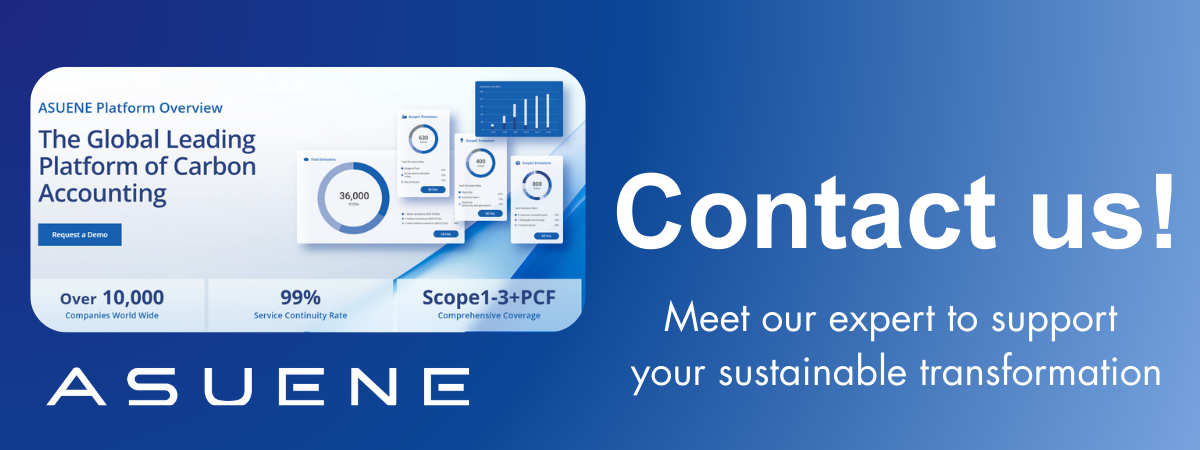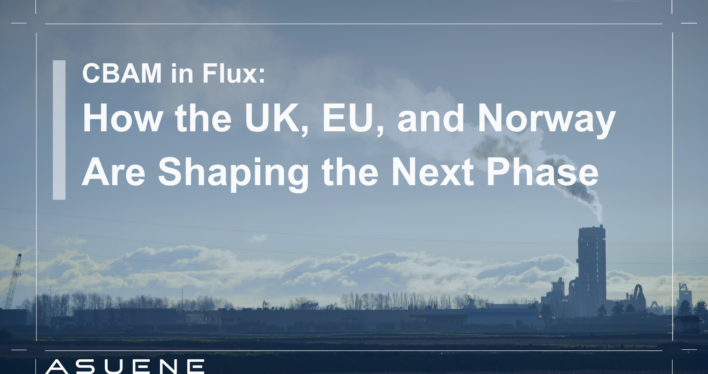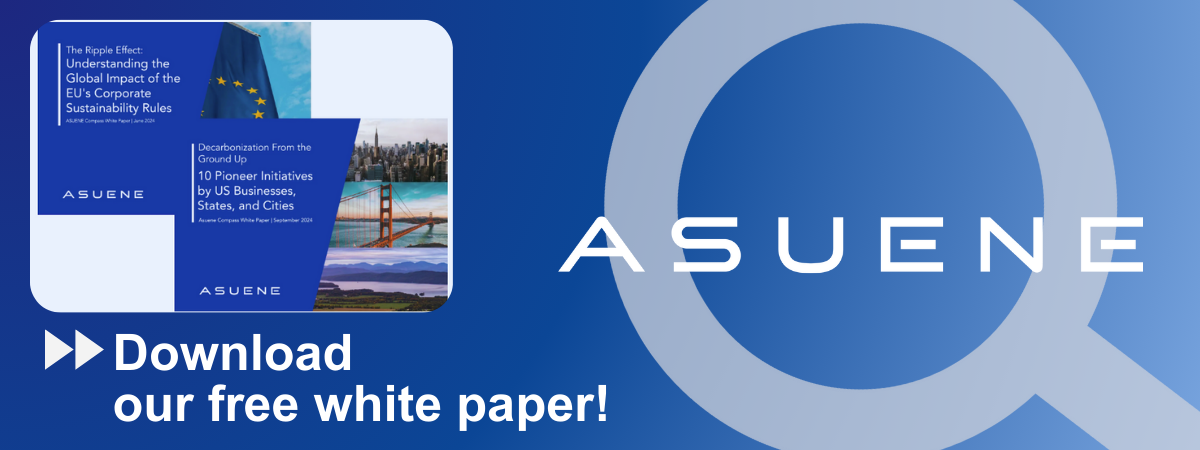- Article Summary
-
Introduction: CBAM at a crossroads
The Carbon Border Adjustment Mechanism (CBAM) was designed as a cornerstone of the European Union’s climate policy, aiming to align carbon pricing across borders and prevent carbon leakage. By ensuring that imported goods face the same carbon costs as those produced within the EU, CBAM was envisioned as both a climate tool and a trade equalizer. As the mechanism approaches its definitive phase in 2026, its influence is expanding beyond EU borders, with the United Kingdom and Norway shaping their own responses. Yet instead of convergence, the three jurisdictions are now moving in diverging directions, raising fundamental questions about the future of CBAM’s environmental integrity and trade fairness.
UK: Considering a temporary exemption amid ETS linkage delays
The UK government has hinted at the possibility of a temporary CBAM exemption while negotiations with the EU over linking emissions trading systems (ETS) remain stalled. Although CBAM will become mandatory on January 1, 2026, the UK lacks a clear agreement with the EU on how UK exporters should be treated. Officials have floated the idea of shielding UK exporters from CBAM in the interim. While such a move could provide short-term relief for businesses, it risks undermining the level playing field CBAM was built to ensure. The longer ETS linkage talks drag on, the greater the uncertainty for UK firms, which must prepare for compliance in an environment where rules remain unsettled.
UK CBAM vs EU CBAM: https://asuene.com/us/blog/uk-cbam-vs-eu-cbam-how-diverging-approaches-affect-international-trade-in-2026-and-beyond
EU: Rumors of limiting actual emissions data
Within the EU, new rumors are circulating that the European Commission may restrict the use of actual company-level emissions data once the definitive phase begins. Under this scenario, importers could be required to rely on default country values unless the exporting country operates its own ETS. This shift would mark a significant departure from CBAM’s original climate-driven purpose. Cleaner producers who invested in low-carbon technologies would no longer be able to demonstrate their advantage, while heavy polluters could effectively hide behind national averages. Beyond fairness, such a change risks turning CBAM from a decarbonization instrument into what critics might label a trade tariff. Complex global supply chains would be poorly reflected by blunt country averages, eroding confidence in CBAM’s credibility.

Norway: Advocating for stronger protection of low-carbon producers
On August 26, 2025, Norway’s Ministry of Climate and Environment submitted its official response to the European Commission’s consultation on CBAM’s next phase. Unlike the UK and EU, Norway has positioned itself firmly in defense of CBAM’s environmental integrity. The letter included several key proposals:
- Expand CBAM scope to include more downstream products.
- Close loopholes related to process scrap and substitute materials.
- Introduce stronger anti-circumvention rules to prevent carbon leakage.
- Apply fair and consistent rules for imported electricity, with incentives for third countries to improve grid emissions.
Since Norway will integrate CBAM into its policy framework starting in 2027, its stance provides a preview of how the country intends to shape the mechanism once it becomes operational.
Conclusion: Diverging approaches, common stakes
The latest developments reveal a striking divergence in how the UK, EU, and Norway are approaching CBAM. The UK is weighing a temporary exemption to ease business pressures, the EU is rumored to be considering methodological changes that could dilute CBAM’s climate purpose, while Norway is pressing for stronger rules that safeguard low-carbon producers. For companies trading across these markets, the result is a patchwork of evolving rules that complicates compliance and investment planning. At stake is the credibility of CBAM itself: will it remain a genuine climate tool that rewards decarbonization, or drift into the realm of protectionist trade policy? As deadlines approach, businesses must stay alert to policy shifts and prepare their supply chains for multiple scenarios, because CBAM’s next phase is being shaped right now.
Why Work with ASUENE Inc.?
ASUENE is a key player in carbon accounting, offering a comprehensive platform that measures, reduces, and reports emissions. ASUENE serves over 10,000 clients worldwide, providing an all-in-one solution that integrates GHG accounting, ESG supply chain management, a Carbon Credit exchange platform, and third-party verification.
ASUENE supports companies in achieving net-zero goals through advanced technology, consulting services, and an extensive network.


